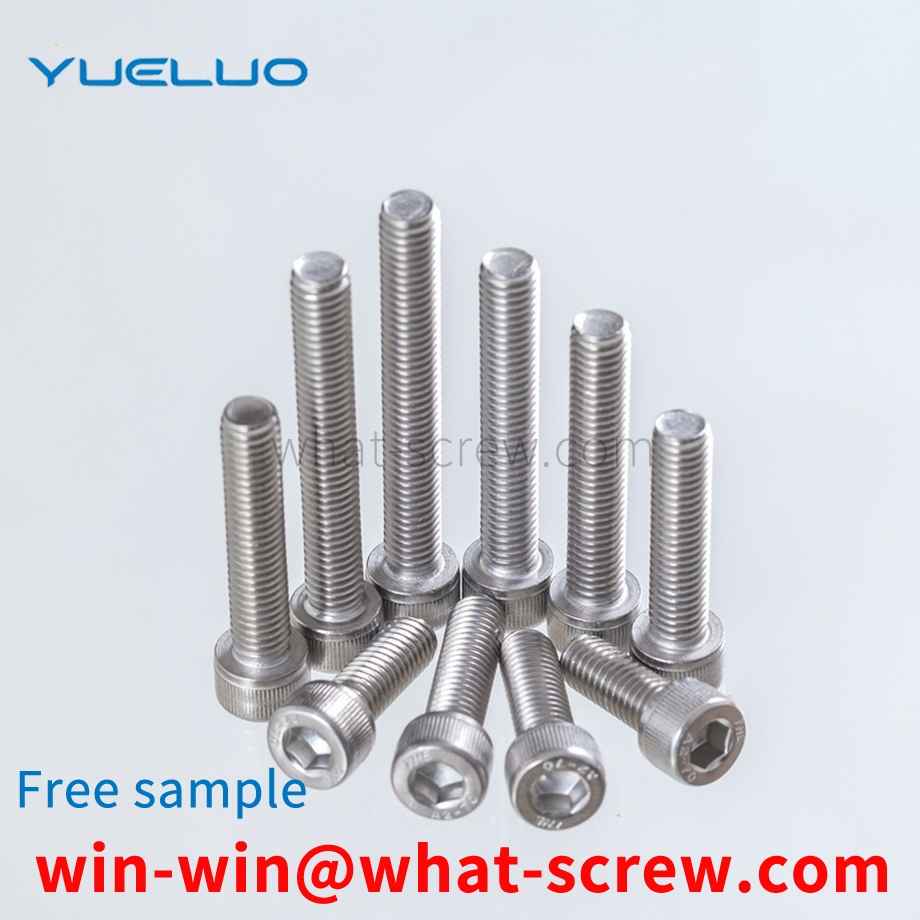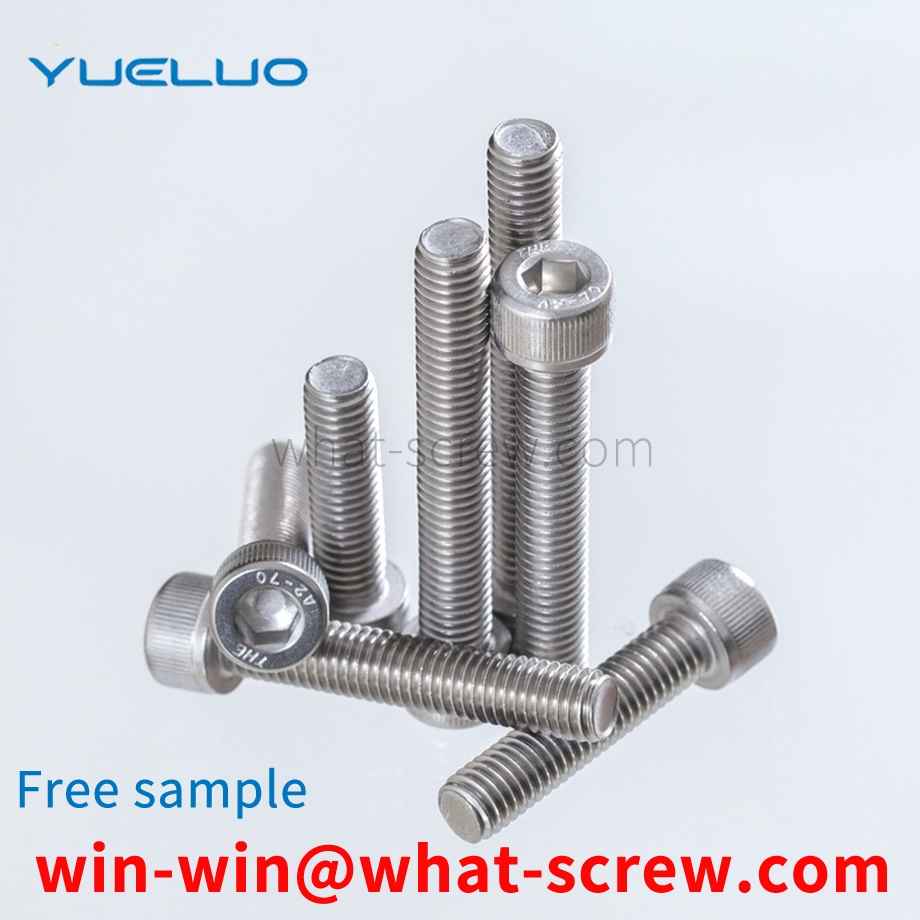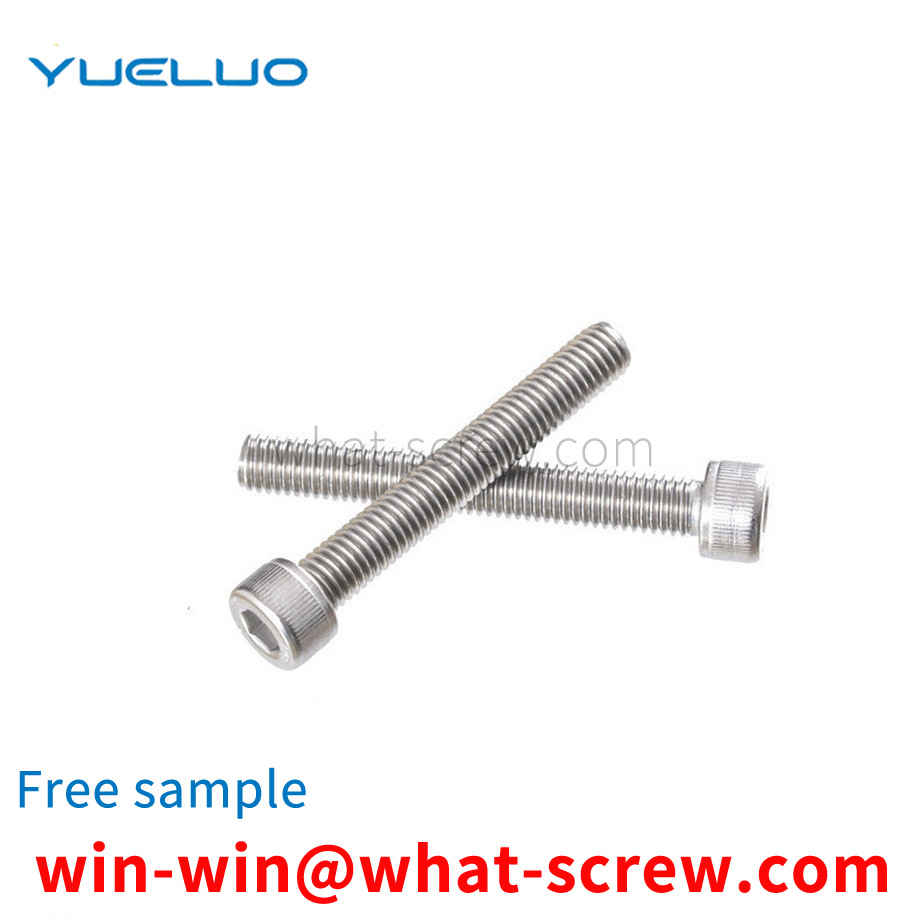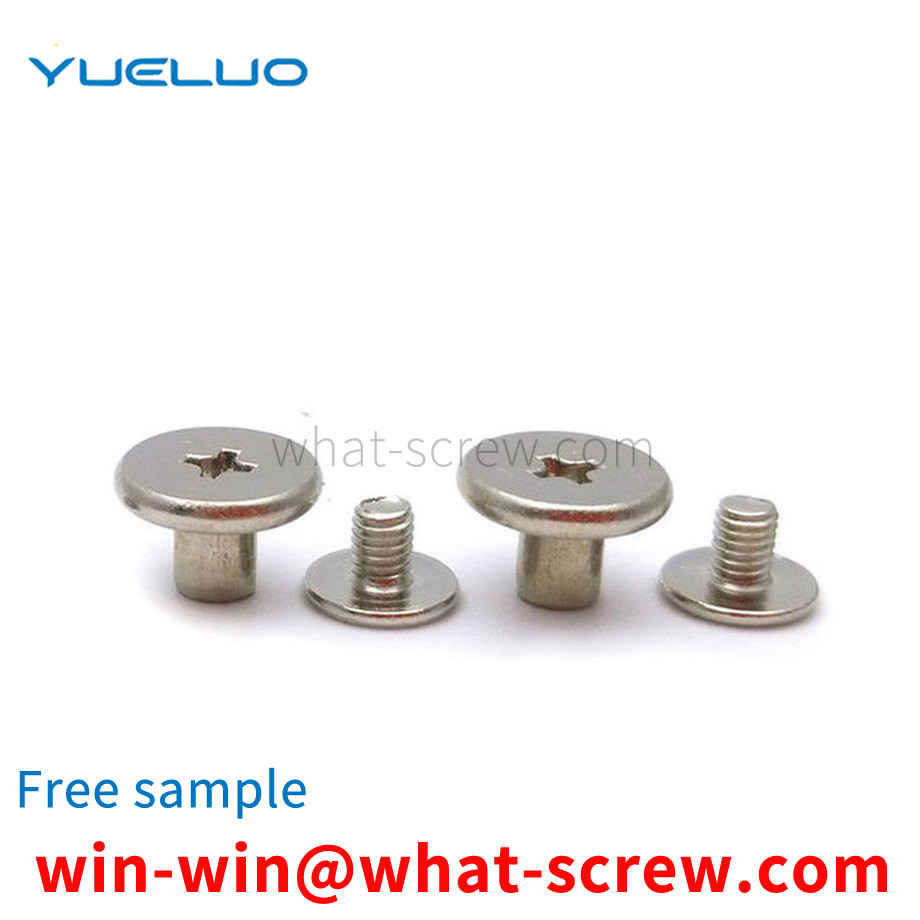What is the tolerance range of precision screws?
What is the tolerance range of precision screws?
Service Hotline
+86760-8787 8587We have more than ten years of experience in screw industry production. The main products are: blackened screws, four-claw nails and four-claw nuts, support frame aircraft type, 8-grade blackened hexagonal thin nuts, galvanized bolts, hexagonal thin nuts, small bottom hole pressure Rivet studs, hardened and quenched inner pins, open pattern gaskets, 1618 teeth 12.9 grade screws, high-strength screws, GB97 plastic gaskets, British standard nuts and nuts, through-hole rivet nuts, 0.75mm and other fasteners , Due to the different materials and specifications of the products, the prices are also different, if necessary, please contact us.


⑥ Surface Treatment Zn: White Zinc C: Color Zinc B: Blue Zinc F: Black Zinc O: Black Oxide Ni: Nickel Cu: Bronze Br: Red Copper P: Phosphating

With the rapid development of electronic technology, the integration of circuit boards is getting higher and higher, and the number of layers of circuit boards is increasing. Press-fit and fix to ensure accurate alignment during riveting and pressing. The rivets used on PCB boards are basically brass rivets. When riveting and pressing multi-layer PCB boards, metal chips are prone to appear, inner layer short circuits or foreign objects between layers, and because of the brass rivets With higher hardness and larger wall thickness, the riveted area of the PCB is thicker than the non-riveted area, which is easy to cause damage to the middle steel plate of the auxiliary tool. At the same time, the protruding rivets hinder the free expansion of the copper foil, which is easy to produce copper foil. wrinkling phenomenon. Now there are improved plastic rivets used to manufacture multi-layer PCB boards. The advantage is that no metal debris is generated, and at the same time, the tool steel plate is not damaged to the greatest extent. However, the existing plastic rivets are insufficient due to the inherent strength of plastics. When the PCB board is riveted and pressed, it is easy to deform, and the positioning is inaccurate, resulting in dislocation between layers, resulting in poor improvement of the product defect rate.


(1) The screw-in performance test is to screw the self-tapping locking screw sample into the test plate until one complete thread completely passes the test without breaking. (2) The destructive torque test is to clamp the stem of the self-tapping locking screw specimen in a thread mold or other device that matches the screw thread, and uses a calibrated torque-measuring device to measure the screw. Torque is applied until fracture, which should not occur in the clamped threaded portion. (3) Carry out a tensile test on the screw sample to check the minimum tensile load for failure. The fracture should be within the length of the rod or the unthreaded thread, and should not occur at the junction of the nail head and the rod. Before the sample breaks, it should be It can reach the minimum tensile load specified by the corresponding performance class. (4) Hydrogen embrittlement is a problem that must be strictly paid attention to in the surface treatment process of self-tapping locking screws. In the pickling process, the screw is stirred in dilute hydrochloric acid, and the amount of hydrogen absorbed by the pickling steel increases linearly with the square root of time and reaches the saturation value. Less than 100%, a large number of hydrogen atoms will be produced, which will be attached to the surface of the screw, resulting in hydrogen infiltration, and the steel will become brittle due to the absorption of hydrogen. The self-tapping locking screw takes 6~8h to drive hydrogen, and the temperature is 160~200℃ (phosphating) and 200~240℃ (electroplating). However, in the production process, the hydrogen drive time should be determined according to many production conditions such as core hardness, surface roughness, electroplating time, coating thickness, pickling time, and acid concentration. It is best to do it before passivation and just after electroplating.

Stainless steel fastener product size standards: specify the content of the basic size of the product; threaded products. Not the standard in terms of product technical conditions. Specifically, it includes the following standards: Standard for fastener product tolerance: specifies the content of product size tolerance and geometric tolerance. Standards for mechanical properties of fastener products: specify the marking method of product mechanical property grades, as well as the content of mechanical property items and requirements; some fastener products change this content to product material properties or work performance. content. Standards for surface defects of fastener products: specify the types of surface defects and specific requirements of products. Surface treatment standards for fastener products: specify the types and specific requirements of product surface treatment. Fastener product test standards: specify the test content of the above-mentioned various performance requirements. Standards for product acceptance inspection, marking and packaging of stainless steel fasteners: Standards for fastener product marking methods: specify the content of complete product marking methods and simplified marking methods. Other standards for stainless steel fasteners: such as fastener terminology standards, fastener product weight standards, etc.

The above content is uploaded by Yueluo or the Internet. If there is any copyright issue, please contact [email protected].

What is the tolerance range of precision screws?

How to choose the right stainless steel screw manufacturer?

Why is there an R angle under the head of the hexagon head s...

We have more than ten years of production experience in the ...

We have more than ten years of production experience in the ...

We have more than ten years of experience in screw industry ...

We have more than ten years of experience in screw industry ...